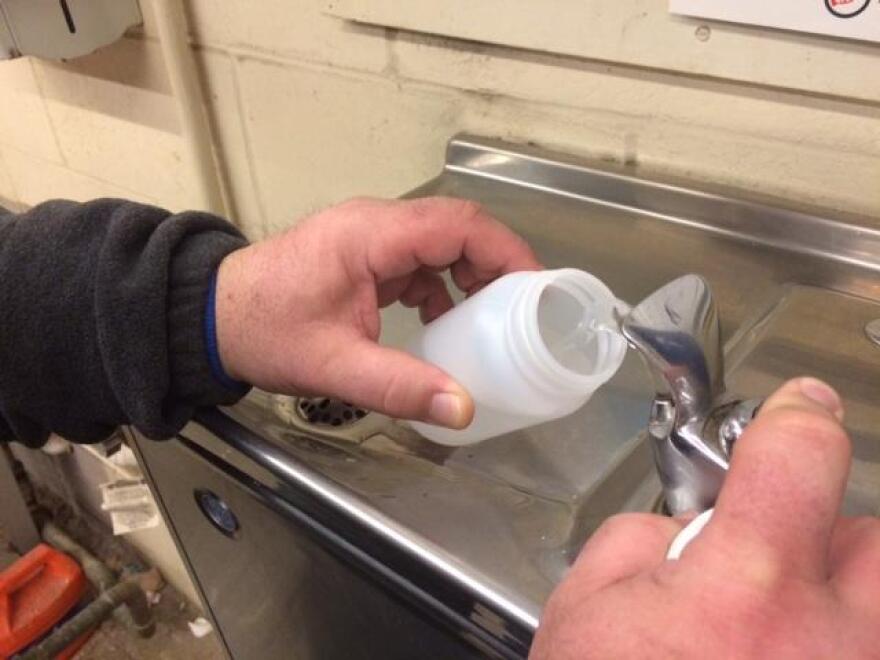Troubles with water quality have raised concerns over contamination across the country. Just last month, nine drinking sources in Ithaca came back with high lead levels.
There are a couple of reasons there is lead still present in some of our faucets.
Lead was an inexpensive resource often used to build houses for cheap in the mid 1900s. It became less acceptable over time because of its harmful health effects, but even with restrictions on new construction, old pipes were not always changed out. That would take tons of time and money. So some still remain.
“Nobody, no matter what they tell you, can tell you what’s underground,” said Wayne Jennings, who owns an environmental management firm in Binghamton. “Particularly since this has been happening over the last 100 or 'x' amount of years. Records get lost, records get confused.”
There are also records still kept with card catalog. Even harder to track than the pipes is the solder.
“Every time there’s a joint and there is a turn, there’s solder,” Jennings explained. “We recently tested many solders for a new building and found that there were pretty high content of lead in the solder despite the fact that they say lead-free. It’s not lead-free by any means.”
So there’s a lot of lead still in most plumbing, but water is suppose to be treated with a chemical to keep lead pipes from corroding. They didn’t do that in Flint, Michigan, which is part of what lead to the contamination there.
With those recent failings, businesses and schools across the country are conducting tests on their own water. Jennings was hired to ensure drinking sources at Binghamton City School District had safe levels. He suggests that the rules set for testing at a municipal source might be a little too lax.
The New York State Department of Health requires the city of Binghamton to take 30 samples, and Jennings said it’s at their discretion where they take them.
“We don’t know and I’m not saying anything against Binghamton. I’m saying maybe something against the regulatory agencies that only require 30 samples,” he said.
For context, Jennings’ team drew 400-500 samples in the city’s school district alone.
Another issue that can lead to high lead levels is really an ethical dilemma.
Marc Edwards is a civil engineering professor at Virginia Tech and he’s on a team working to resolve the problems in Flint. He said it’s up to utilities to draw from a wide enough sampling pool.
“So it all comes down to how hard these water utilities seek to sample to find the worst case homes, and how honest they are in reporting the results,” he said.
There are guidelines on how and where samples should be drawn, but Edwards said it’s easy enough to misrepresent them or even throw them out. He claimed the federal Environmental Protection Agency doesn’t crack down on those utilities who skirt the intent of the law.
“Once you have published a sampling protocol and for ten years you look the other way when utilities cheat, you create a climate where anything goes,” Edwards argued. “As a result that’s what we have today -- total confusion.”
People can protect themselves. Edwards said by running water for a minute if there is no lead pipe present,and three minutes if there is, homeowners can reduce their lead exposure by up to 80 percent.





